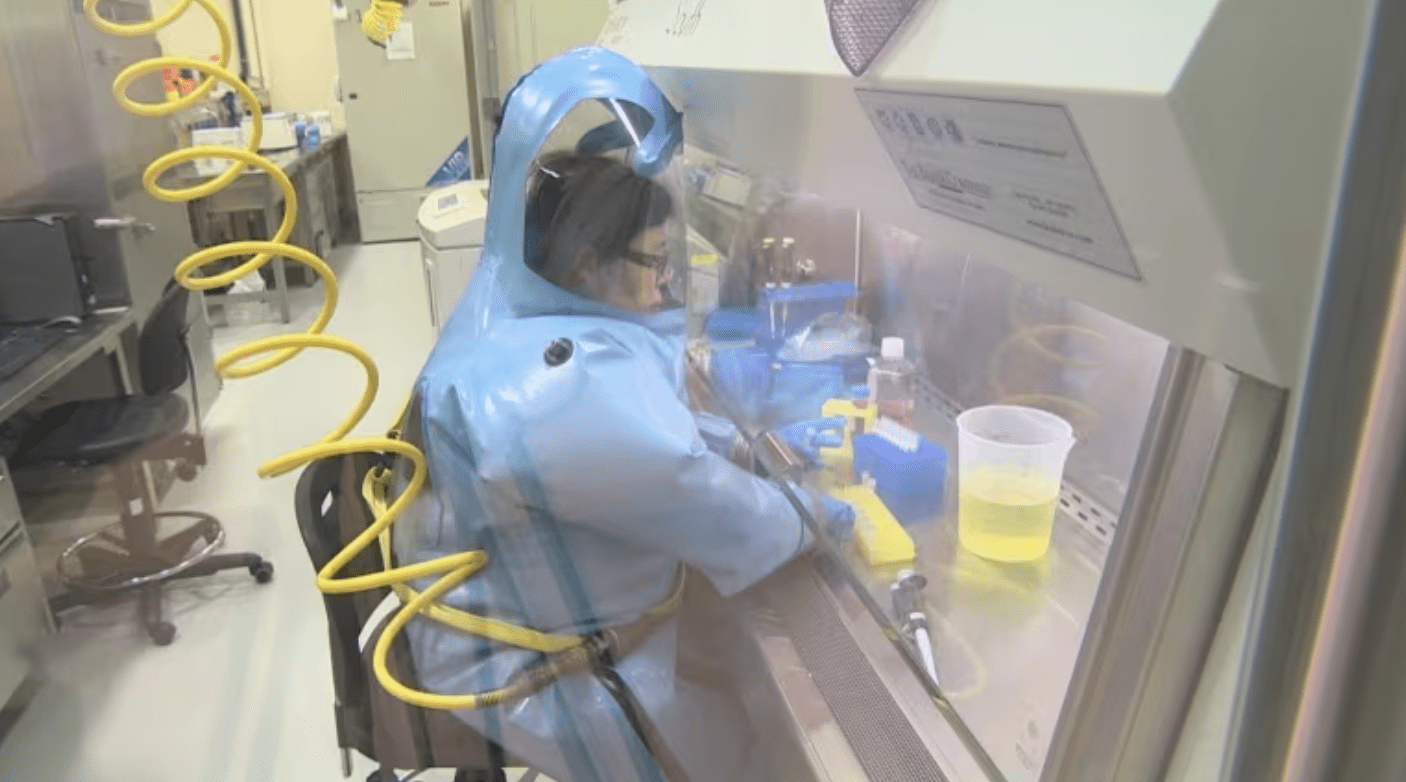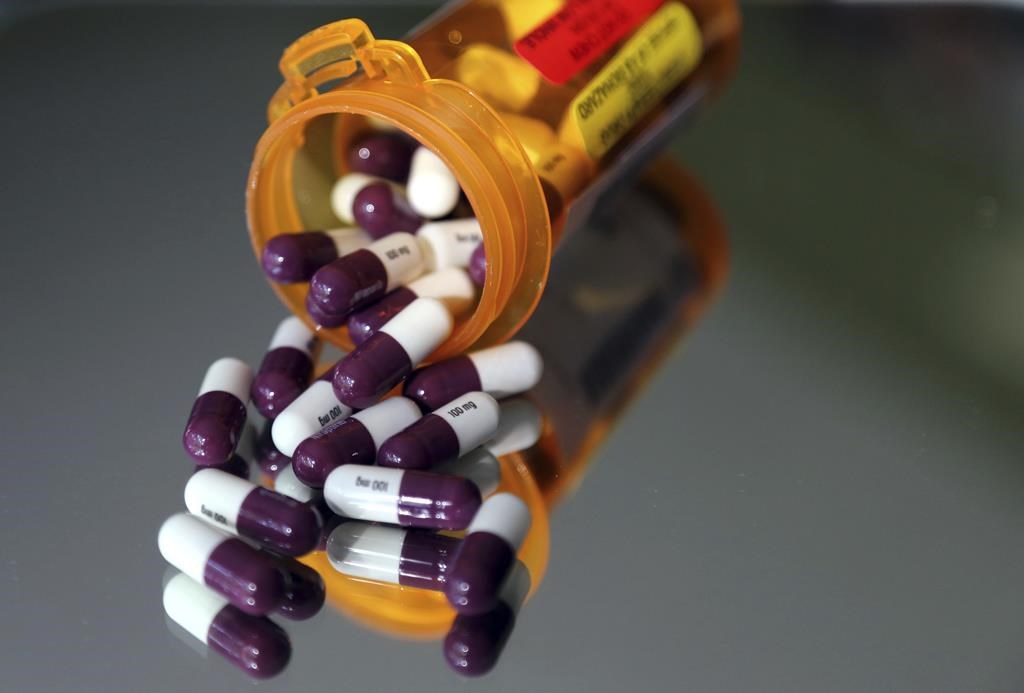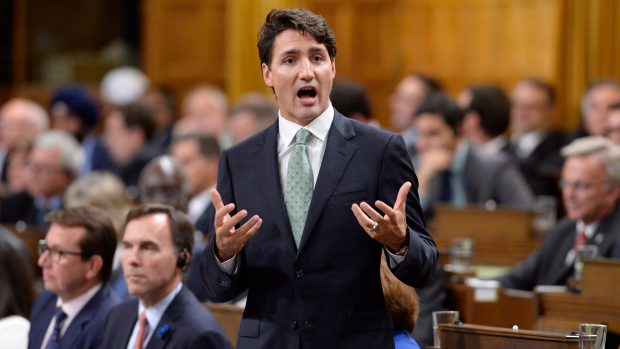This content is restricted to subscribers

The views, opinions and positions expressed by columnists and contributors are the author’s alone. They do not inherently or expressly reflect the views, opinions and/or positions of our publication.

This content is restricted to subscribers
The views, opinions and positions expressed by columnists and contributors are the author’s alone. They do not inherently or expressly reflect the views, opinions and/or positions of our publication.

The world is largely focused on the war between Israel and Hamas, for obvious reasons. Mere days before this terrible conflict began, a lightly-reported moment occurred in Canada that could ultimately have a direct impact on our political process.
The first draft of the Liberals’ pharmacare legislation was rejected by Jagmeet Singh and the NDP. Health Minister Mark Holland described negotiations between the two parties as “extremely fluid.” In contrast, NDP health critic Don Davies told the media the initial draft “doesn’t meet the New Democrats’ red lines at this point” and that they’re “waiting for a next draft to come to us.”
National pharmacare was one of several key policies identified by the two parties last March when they jointly signed a supply and confidence agreement to keep Parliament afloat until June 2025. “Continuing progress towards a universal national pharmacare program by passing a Canada Pharmacare Act by the end of 2023,” as highlighted in Delivering for Canadians Now, A Supply and Confidence Agreement, “and then tasking the National Drug Agency to develop a national formulary of essential medicines and bulk purchasing plan by the end of the agreement.”
One of the NDP’s main campaign planks during the 2021 federal election was related to national pharmacare. They wanted to introduce “a drug plan with universal coverage that will cover the total cost of expenditures on drugs listed on Quebec’s public drug plan formulary.” This led the Parliamentary Budget Officer to provide an open estimate to the NDP on Aug. 27, 2021. According to the PBO, this proposal could have reached an annual cost of nearly $11.5 billion by 2025-26.
No party leader could ever spin this huge amount of public spending in a positive fashion. Unless you’re somehow able to convince people that money grows on trees, that is.
Hence, the three-year supply and confidence agreement is the NDP’s only realistic opportunity to get some semblance of its national pharmacare plan in place. Yet, they’re currently taking an unrealistic approach that won’t help achieve this lofty goal.
According to the Canadian Press on Oct. 5, “Davies said the NDP will accept nothing less than a commitment to pharmacare paid for and administered through the public single-payer system, though it doesn’t have to happen all at once. The NDP would be willing to start with essential medicines and expand from there, he said, but wants to see the timelines enshrined in the legislation.”
The federal government knows full well this isn’t doable. The costs of implementing the NDP’s vision of national pharmacare are way too high to begin with. When you add in the current affordability crisis that’s hurting many Canadian families, it’s not even a discussion worth having. That’s why Holland and the Liberals likely believe the two sides will meet somewhere in the middle once the negotiations are done.
But what if they don’t?
Today’s NDP has been gradually turning into a party where the fringe left has acquired more power and influence within the grassroots membership. Last weekend’s party convention in Hamilton, Ont. provided several indications of this.
Pro-Palestinian demonstrators disrupted the proceedings for a spell, for instance, which led the police to getting involved. Counter Signal circulated a bizarre video clip that dealt with yellow cards being provided to some NDP delegates to “enforce gender parity at the mics” during the debates. Singh survived his leadership review, but only received 81 percent support – down from 2018 (91 percent) and 2021 (87 percent). His left-wing leadership evidently isn’t far enough to the left to satisfy some of his party faithful.
To top it off, NDP delegates gave unanimous support to make pharmacare the redline in their supply and confidence agreement with the Liberals. Maybe the two parties won’t meet in the middle, after all.
Is the NDP getting prepared to bring down the Liberals before June 2025? While it’s difficult to say with absolute certainty, it’s starting to look a bit more likely. They’re in the best position to bring down the curtain on Trudeau’s mediocre, ineffective leadership, after all.
The risks are huge. The NDP will lose its influential role in propping up the Liberals. Polls currently show Pierre Poilievre and the Conservatives in majority territory. The party doesn’t have much money in its war chest to run an effective campaign. It’s largely devoid of mainstream ideas that Canadian progressives would naturally support.
At the same time, Singh and his senior advisers may privately believe they have enough momentum to leapfrog the weakened Liberals and become the Official Opposition once more. A second political breakthrough, similar to the late Jack Layton’s memorable “Orange Crush” in the 2011 election, could be worth the gamble in both the short term and long term.
It may all come down to Liberal-NDP negotiations related to a wildly expensive national pharmacare plan and an imaginary redline. Hard to believe, when you think about it.
Michael Taube, a long-time newspaper columnist and political commentator, was a speechwriter for former Canadian prime minister Stephen Harper.
The views, opinions and positions expressed by columnists and contributors are the author’s alone. They do not inherently or expressly reflect the views, opinions and/or positions of our publication.

Become a subscriber today!
Register
This content is restricted to subscribers
The views, opinions and positions expressed by columnists and contributors are the author’s alone. They do not inherently or expressly reflect the views, opinions and/or positions of our publication.